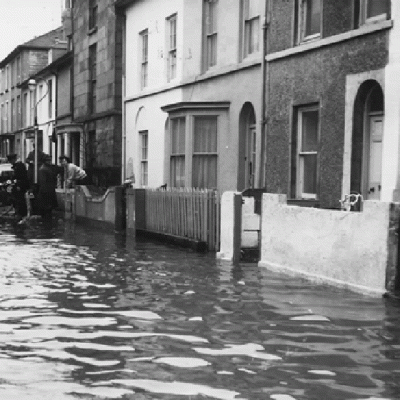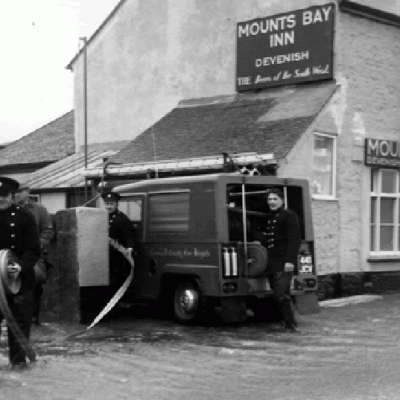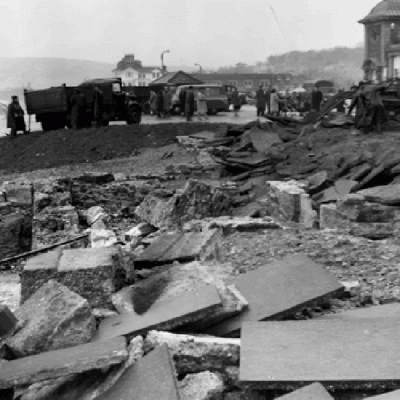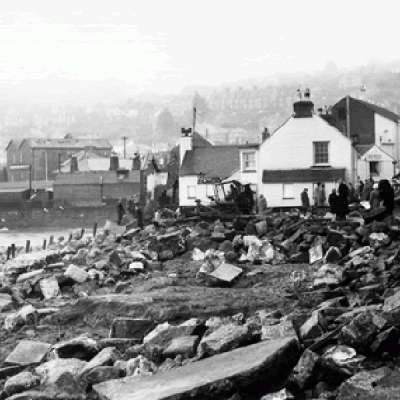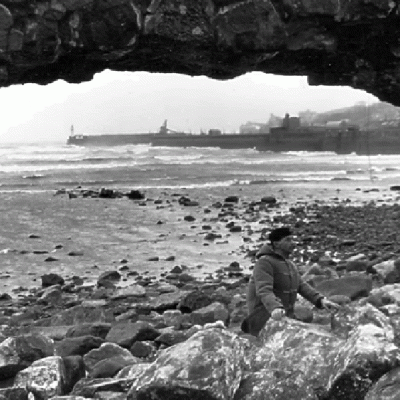Storm Event
The worst storm in living memory to hit Penzance and Newlyn
Source
The storm developed east of the Atlantic Canadian coast on the 24th February 1962. It initially remained for some time in the mid-Atlantic, but intensified on 6th March 1962, and then moved northeastwards towards the UK. On the 7th March 1962 the centre of the storm had a pressure of 975 mbar and was about 1,600 km west of Europe, from where it moved north-northeastwards towards the UK. Southeasterly gales to severe gales were recorded along the south and south west coasts of the UK, with gusts up to 81 knots (150 km hr-1) at Scilly (Met Office, 1962).
Within the national tide gauge network, four tide gauges were operational at the time. At Milford Haven the maximum water level had a 21-year return period. A skew surge of 0.23 m was recorded at this site. The event occurred at peak spring tides. ‘High seas’ were reported by the Met Office (1962).
We are unaware of any sources describing the wave conditions during this event.
The date of the storm and flood that affected South West England is somewhat ambiguous – with different sources suggesting the 7th, 9th and 12th March 1962 being the dates of flooding. The Met Office (1962) report suggests the night of 7th March was when the severest gales occurred. Interestingly, the Newlyn tide gauge data is flagged by the BODC as ‘improbable values’ between 10:00 5th March to 13:00 9th March 1962. We could speculate that the serious flooding that impacted Newlyn had implications for the tide gauge equipment or attendant at that time, but the flagged data looks plausible (i.e. no ‘spikes’). The tide levels were extreme over 2 days – at 07:00 7th March 6.22 m(CD), at 18:00 6.26 m(CD), and on 8th reaching 6.30 m(CD) at 06:00. The surge peaked at 0.8 m during the morning of 7th March, prior to reducing by almost 0.5 m before increasing again that evening (to over 0.7 m).
Pathway
There was a breach in the sea wall at Tolcarne. We are unaware of any further information regarding the flood pathways for this event.
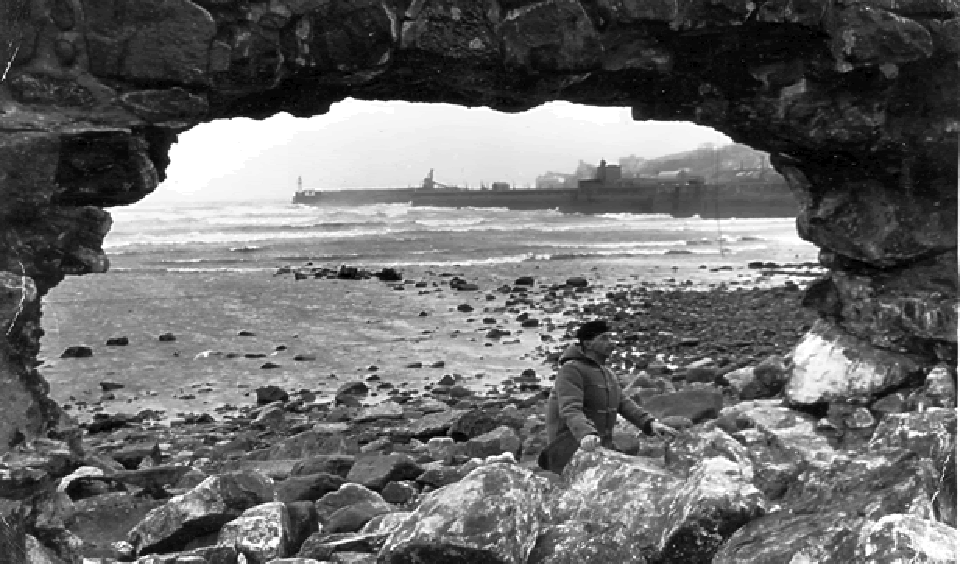
Receptor and Consequence
The strong winds coupled with high seas caused serious damage to sea defences and ‘disastrous’ flooding in the south west of the UK (Met Office, 1962). Railway tracks at Penzance (Cornwall) train station were washed away and Penzance Harbour was severely damaged (Clemo, 2012). Significant flood damage also occurred in Newlyn, Cornwall. The area between Jubilee Pool in Penzance and the Tolcarne Inn in Newlyn was inundated with floodwater (Exeter Express and Echo, 2012). According to Exeter Express and Echo (2012), the sea wall at Tolcarne Beach was already being overtopped several hours before high water, and then the area behind the sea wall was flooded an hour before high water. Most sea front houses in the area were evacuated before the sea wall was breached, after which homes were flooded and windows smashed. Large parts of the western end of the promenade were damaged, and cottages were swept away. Also, several boats were torn off their moorings (with one sunk). Fortunately, no one died during the storm (Exeter Express and Echo, 2012). The estimated cost of damage was £100,000, equivalent to more than £1 million in 2012 (Exeter Express and Echo, 2012).
Summary Table
| Loss of life | * |
| Residential property | Residential properties were flooded in Tolcarne, Newquay |
| Evacuation & rescue | Sea front houses in Tolcarne were evacuated; 50 families evacuated from their homes in Penzance and Newlyn. 300 people were left homeless. |
| Cost | The estimated cost of damage was £100,000, equivalent to more than £1 million in 2012 |
| Ports | * |
| Transport | Railway tracks were washed away at Penzance, Cornwall. Roads were closed. |
| Energy | * |
| Public services | * |
| Water & wastewater | * |
| Livestock | * |
| Agricultural land | * |
| Coastal erosion | * |
| Natural environment | * |
| Cultural heritage | * |
| Coastal defences | Overtopping reported at the sea wall in Tolcarne Beach, Newquay |
*No known sources of information available
Affected Sites
| Name | Return Period ? | Water Level ? | Tide ? | Skew Surge ? | Date ? |
|---|---|---|---|---|---|
| MILFORD HAVEN | 21 | 8.06 | 7.83 | 0.23 | 3rd Jul 2062 07:00 |
We rely on submissions from the public to maintain these images. If you witnessed this event, please help by uploading your photos.
References
- Met Office, (1962). Monthly Weather Report of the Meteorological Office. Monthly Weather Report, 79(3). Available at: http://www.metoffice.gov.uk/learning/library/archive-hidden-treasures/monthly-weather-report-1960s.
- Met Office, (1962). Monthly Weather Report of the Meteorological Office. Monthly Weather Report, 79(3). Available at: http://www.metoffice.gov.uk/learning/library/archive-hidden-treasures/monthly-weather-report-1960s.
- Clemo, D., (2012).’ The Great Ash Wednesday Storm of 1962′. Dave Clemo’s Blog. Available at: http://daveclemo.blogspot.co.uk/2012/03/great-ash-wednesday-storm-of-1962.html (Accessed: 29 April 2015).
- Exeter Express and Echo, (2012). ‘The worst storm in living memory’. Available at: http://www.exeterexpressandecho.co.uk/worst-storm-living-memory/story-15521222-detail/story.html
- Exeter Express and Echo, (2012). ‘The worst storm in living memory’. Available at: http://www.exeterexpressandecho.co.uk/worst-storm-living-memory/story-15521222-detail/story.html

